My stylist cringes at the word dreadlocks. “Simply call it locks,” she would caution, “There’s nothing dreadful about locks.” This quarrel over naming is not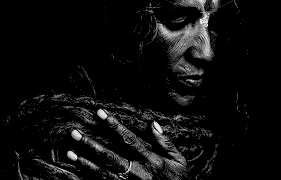 trivial. She realizes, like most philosophers do, that naming is everything. But what if there are no locks without the dread in them? What if locks are locks only after the work of dreadfulness has taken its course?
trivial. She realizes, like most philosophers do, that naming is everything. But what if there are no locks without the dread in them? What if locks are locks only after the work of dreadfulness has taken its course?
What is the dread in dreadlocks? Let’s take a look inside the lock itself. My stylist lectures me on the importance of pure locks: locks without fleece, without dust, without bee’s wax, without sweat, without lint, without beach sand, without bark, without soap residue, without splinters from my Formica chair, and other unclean things. But the idea of pure locks is an impossible dream. If there is one thing that cannot keep the outside completely out, it is the human head of hair. But most all a thicket of hair seeking to lose their individuality in a shock of entanglement. It is thanks to alien elements that a boring strand of hair becomes “dreadful.”
The locked hair always carries within itself things that it does not know, that it cannot name, things for which it cannot account. It is always an accumulation of stuff, an archive of sorts. It is the only kind of hair where things cohabit in peace. New growth, old growth, dead growth coexist.
Dreadlocks are locks bound by the dread of the mysterious. In my hair resides the terror of a world without law, where things come in and go or stay and do as they please. This resourcefulness, this openness to the foreign is, in my opinion, at the heart of dreadlocks. But dreadlocks are a little hard to come to terms with, even for the owner. After three years, my hair continues to live a life of its own. My hair still surprises me. It’s sponginess, it’s worm-like, medusa-like appearance.
Photo Credit: Cruzine



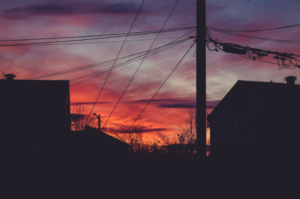
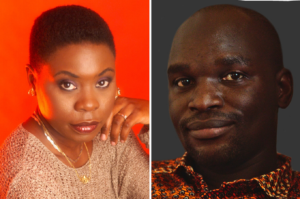
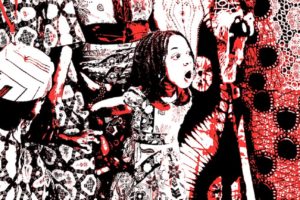
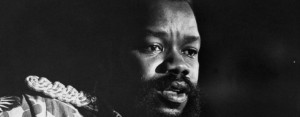

Cadence November 06, 2019 13:14
I enjoyed reading this. Your writing style is intriguing, but your post ended so abruptly. I wanted to read some more :)